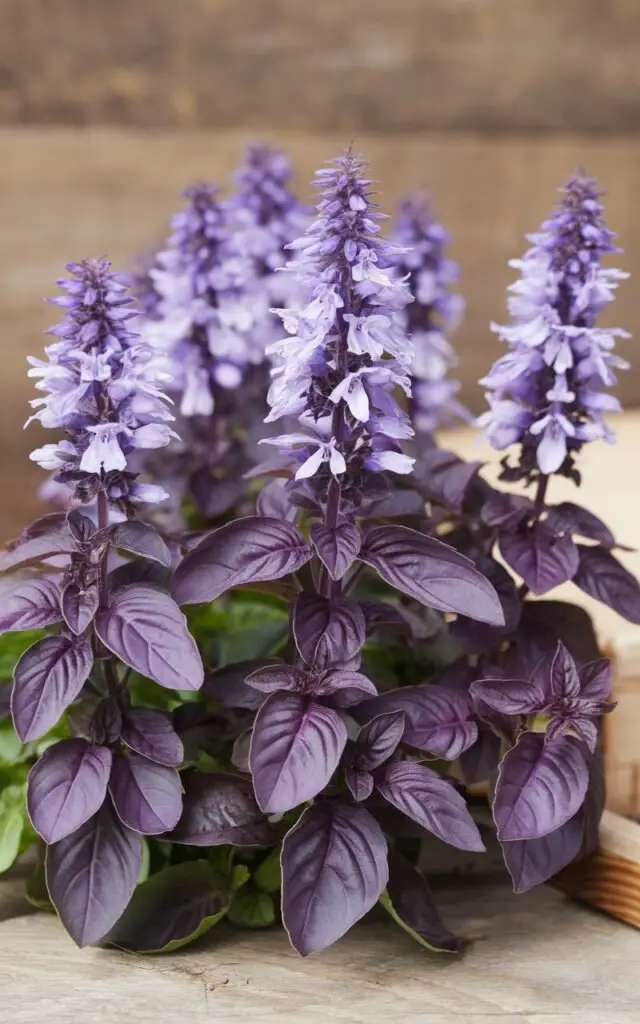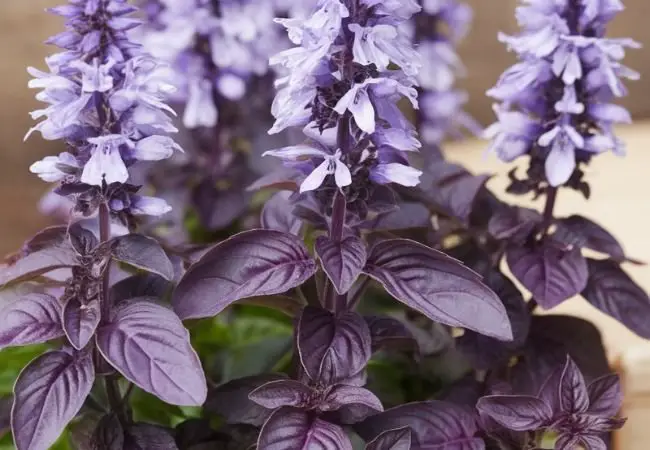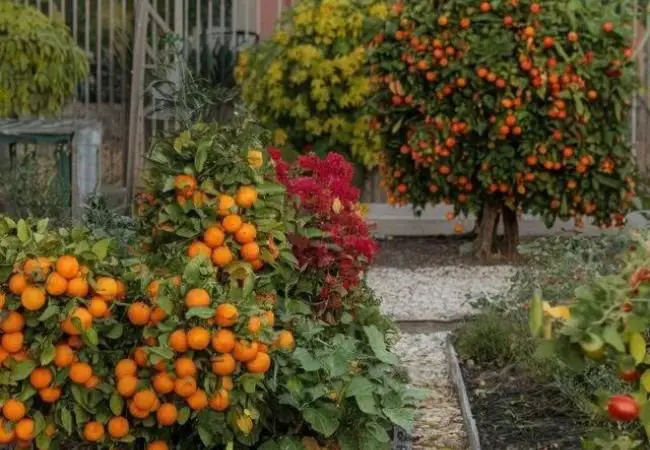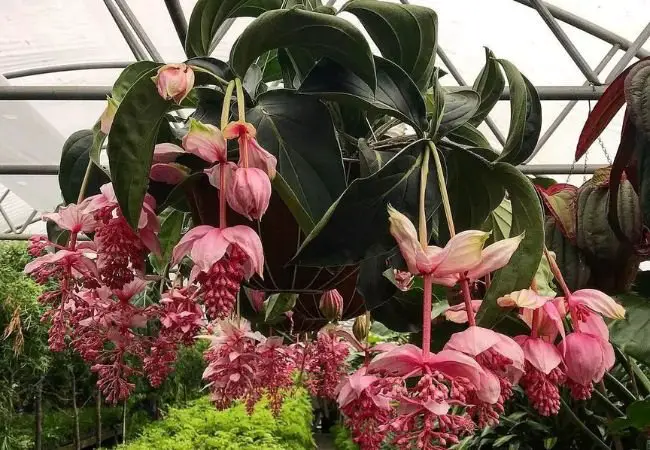Discover how to grow and use purple sweet basil, a vibrant and aromatic herb. Learn expert tips on cultivation, culinary uses and health benefits. Perfect for gardeners and food enthusiasts alike.
Purple sweet basil (Ocimum basilicum var. purpurascens) is a colorful variety of the common sweet basil, known for its deep purple leaves and aromatic flavor. It requires full sun, well-draining soil and regular watering. This herb is rich in antioxidants, adds visual appeal to dishes and has a slightly spicier taste compared to green basil.
Introduction to Purple Sweet Basil

As a culinary herb expert and gardener with over two decades of experience, I’m thrilled to share insights about purple sweet basil. This stunning variety not only adds visual interest to your garden but also brings a unique flavor profile to your culinary creations.
Understanding Purple Sweet Basil
Purple sweet basil is a cultivar of the common basil plant, distinguished by its vibrant purple leaves. It belongs to the Lamiaceae family, which includes other aromatic herbs like mint and rosemary.
For more botanical information, visit the Missouri Botanical Garden’s plant finder.
Popular Purple Sweet Basil Varieties
- ‘Dark Opal’: Deep purple leaves with a classic basil flavor
- ‘Purple Ruffles’: Frilly purple leaves with a spicy aroma
- ‘Red Rubin’: Burgundy leaves with a strong, sweet flavor
- ‘Osmin’: Very dark purple, almost black leaves
- ‘Amethyst Improved’: Compact plant with intense purple color
Growing Purple Sweet Basil
Planting
Timing
Plant after the last frost date in spring, or start seeds indoors 6-8 weeks before the last frost.
Location
Choose a spot with:
- Full sun (6-8 hours of direct sunlight daily)
- Well-draining soil
- Protection from strong winds
Soil Preparation
- Ensure soil pH is between 6.0 and 7.0
- Add organic matter to improve drainage and nutrient content
For more on soil preparation, check out Cornell University’s Gardening Resources.
Planting Process
- Sow seeds 1/4 inch deep and 10-12 inches apart
- Keep soil consistently moist until germination
- Thin seedlings to 6-12 inches apart when they reach 2 inches tall
Caring for Purple Sweet Basil
Watering
- Water deeply once or twice a week
- Avoid wetting the leaves to prevent fungal diseases
- Use mulch to retain soil moisture
Fertilizing
- Apply a balanced, water-soluble fertilizer every 4-6 weeks
- Avoid over-fertilizing, which can reduce flavor intensity
For organic fertilizing tips, visit Oregon State University’s Extension Service.
Pruning and Harvesting
- Pinch off flower buds to promote leaf growth
- Harvest leaves regularly to encourage bushier growth
- Cut stems just above a leaf intersection
Pest and Disease Management
Common issues include:
- Aphids: Use insecticidal soap or neem oil
- Fusarium wilt: Ensure good air circulation and avoid overwatering
- Downy mildew: Remove affected leaves and improve air circulation
For more on basil diseases, check University of Minnesota Extension’s guide.
Culinary Uses of Purple Sweet Basil
Flavor Profile
Purple sweet basil has a slightly spicier, more complex flavor compared to green basil, with notes of clove, anise, and sometimes a hint of cinnamon.
Popular Culinary Applications
- Fresh in salads and sandwiches
- Infused in oils and vinegars
- Added to pasta dishes and pizzas
- Used in cocktails and lemonades
- Made into pesto for a visually striking sauce
For creative basil recipes, visit The Herb Society of America.
Health Benefits
Purple sweet basil is rich in antioxidants, particularly anthocyanins, which give it its purple color. It may offer:
- Anti-inflammatory properties
- Digestive support
- Stress reduction
For more on the health benefits of basil, check WebMD’s herb guide.
Purple sweet basil is a versatile and attractive herb that can enhance both your garden and your cuisine. With its vibrant color and unique flavor profile, it’s a valuable addition to any herb garden. Remember to provide plenty of sunlight, well-draining soil and regular harvesting to keep your plants thriving. Whether you’re a seasoned gardener or a beginner, growing purple sweet basil can be a rewarding experience that brings color and flavor to your life.
For more extensive information on basil cultivation, visit the Purdue University Horticulture Extension.
For more gardening tips and plant care guides, visit usagardenhub.com.







One comment on “Purple Sweet Basil : A Flavorful and Colorful Herb Guide (2024)”